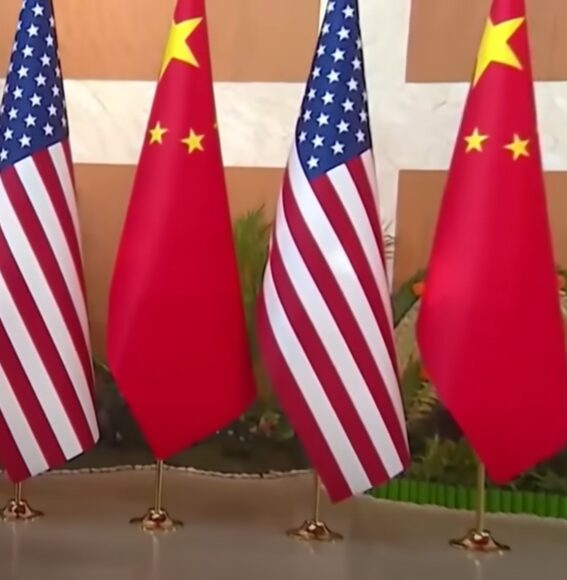The Trump administration has formally announced a shift in the U.S. approach to China, marking what officials describe as a “reset” in bilateral relations. The move follows recent progress in trade negotiations and comes amid growing expectations of a potential summit between President Donald Trump and Chinese President Xi Jinping.
Trade Discussions Ease Tensions
U.S. Treasury Secretary Scott Bessent confirmed this week that talks with Beijing have gained momentum, though he emphasized that Washington is not under pressure to finalize a deal before the August 12 deadline. “We are seeing constructive engagement from the Chinese side,” Bessent told reporters during a briefing on July 21.
His remarks followed a statement by China’s Commerce
Minister Wang Wentao on July 18, who said that successful negotiations during meetings in Europe had reduced the likelihood of a renewed tariff war. “There’s no reason to return to an escalatory path,” Wang said, suggesting that both sides are now working toward long-term economic stabilization.
Trump Open to Meeting Xi
President Trump has signaled his willingness to meet with Xi, possibly as early as September. Speaking to reporters in Washington on July 22, Trump said, “A visit to China might happen in the not-too-distant future.”
Officials have mentioned several possible venues, including the APEC summit scheduled in South Korea and a World War II commemorative event in Beijing—an event also expected to be attended by Russian President Vladimir Putin.
Economic Moves Support Diplomatic Thaw
As part of this broader recalibration, China agreed in June to resume rare earth mineral exports to the United States. These materials are vital for U.S. defense contractors, electric vehicle manufacturers, and technology firms. In exchange, Washington has begun reviewing certain trade restrictions on Chinese goods.
In another signal of improving ties, China’s Vice Premier He Lifeng is scheduled to meet American trade representatives in Stockholm from July 27–30 to discuss long-term economic cooperation and the future of existing tariffs.
Implications for U.S. Stakeholders
This diplomatic shift is expected to have immediate effects on trade stability and market confidence. Analysts say that resuming rare earth imports will ease supply chain constraints in the defense and tech sectors, while a broader U.S.–China thaw could bring geopolitical stability amid ongoing global conflicts.
Moreover, a face-to-face meeting between Trump and Xi could serve as a diplomatic milestone, reinforcing bilateral communication after years of strained relations and economic rivalry.




